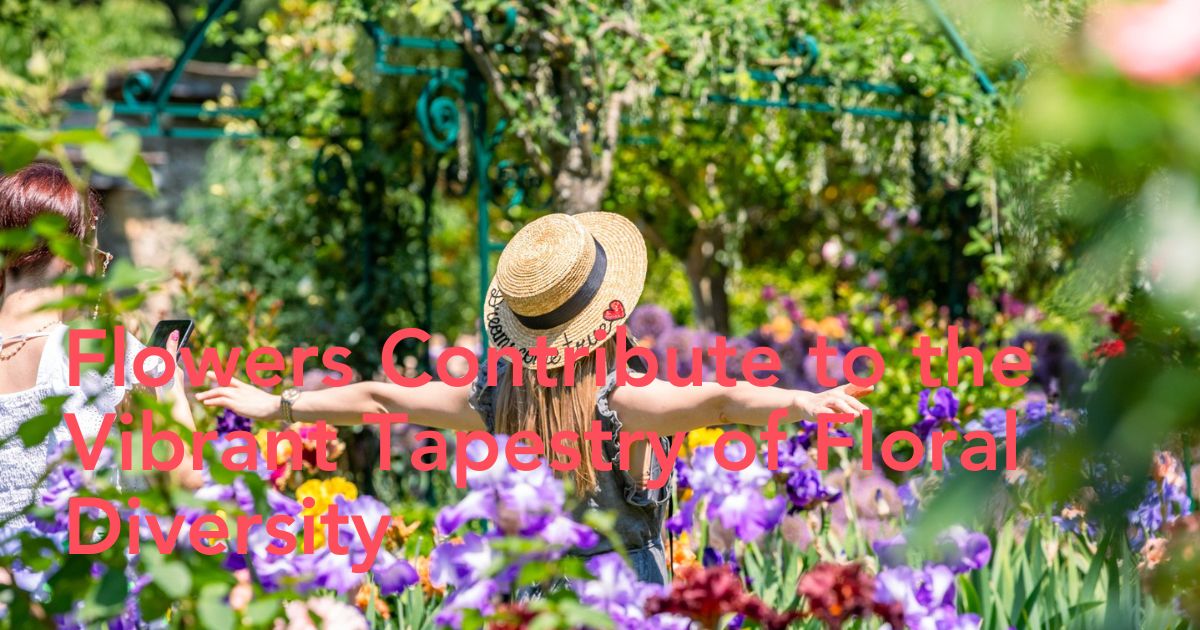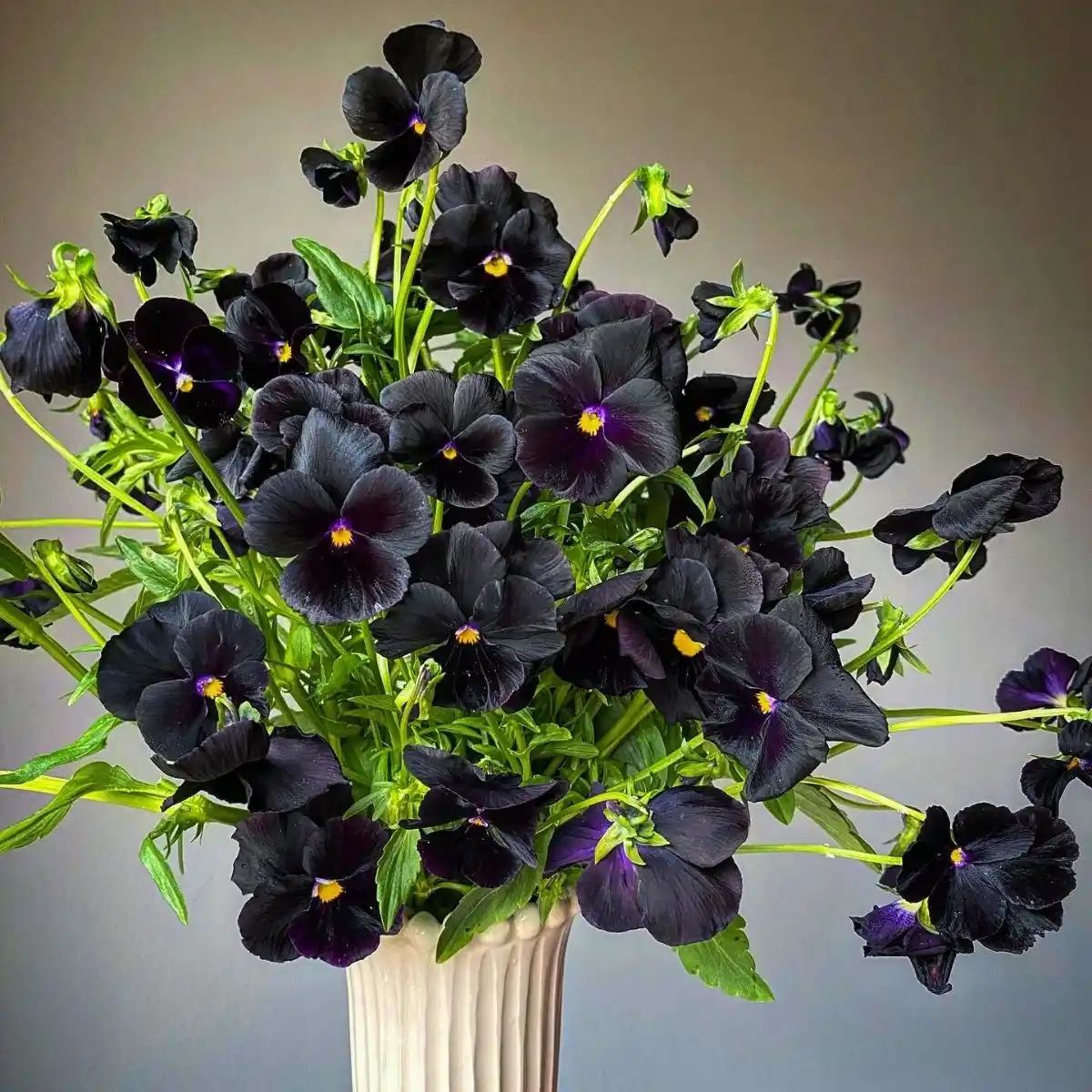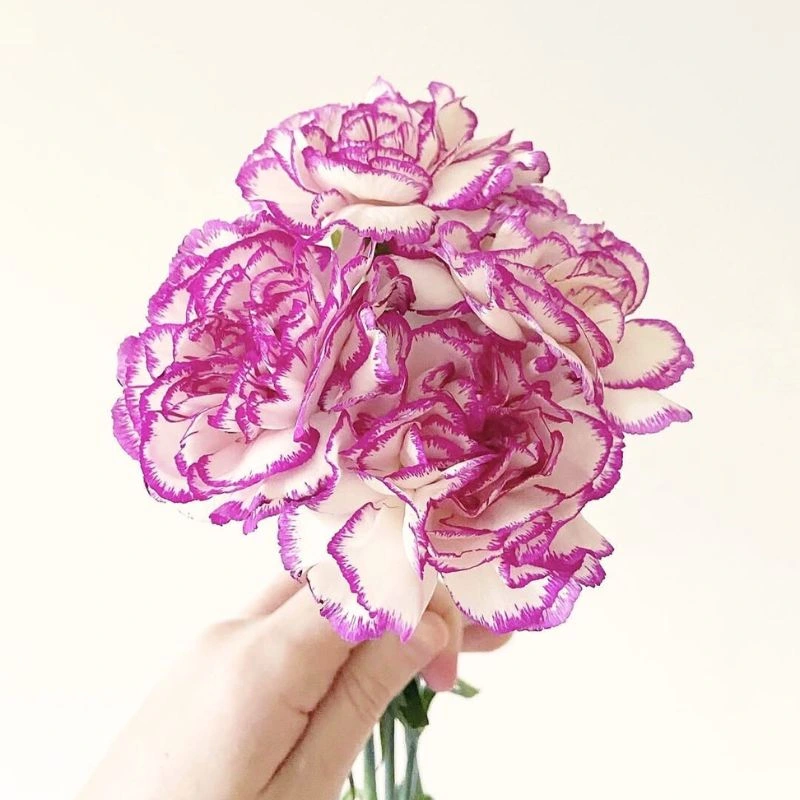February, the month of Love, is adorned with its floral gems - the violet and Iris. These petite yet captivating floors add a touch of elegance to the winter landscape, and their significance goes beyond mere aesthetics.
Violets are known for their delicate, five-petaled blossoms associated with modesty and simplicity. With its distinctive sword-shaped leaves and multi-layered petals, Iris displays a wide spectrum of hues that symbolize faith and wisdom. Both flowers contribute to the colorful variety of floral diversity, delighting enthusiasts with their beauty, and forming the February birth flower duo.
February Birth Flower Duo - Violet and Iris
A symbol of modesty, virtue, loyalty, and the delicate balance between strength and fragility, the violet unfolds its petals in a poetic dance, embodying the essence of February with grace and charm. The Iris is unique for its distinct, intricate floral structure.
Additionally, its various patterns contribute to its distinctive appearance. Their dainty petals and sweet fragrances serve as a reminder that love can be both delicate and enduring. With its unique charm, each bloom paints a startling portrait of the month that resonates deeply with floral enthusiasts worldwide.
Together, these two February birth flowers capture the duality of February-born individuals who often display a unique blend of subtle fragrances inspired by the spirited violet and the faithful Iris.

Historical and Cultural Significance of February Birth Flowers
Exploring history, violets have left their mark on different civilizations. In ancient Greece, the violet was linked to Aphrodite, the goddess of love, and was considered a symbol of fertility and affection. Romans, adopting Greek symbolism, associated violets with Venus, emphasizing their connection to love and beauty.
During the Victorian era, flowers were assigned meanings, creating a language of flower violets that became associated with faithfulness and devotion, making them a popular choice in bouquets exchanged between lovers. The violet’s discreet charm aligned well with the Victorian ideals of modesty.
In contemporary times, violets are cherished for their delicate appearance and historical symbolism. They are used in gardens, floral arrangements, and perfumes, maintaining their enduring appeal.
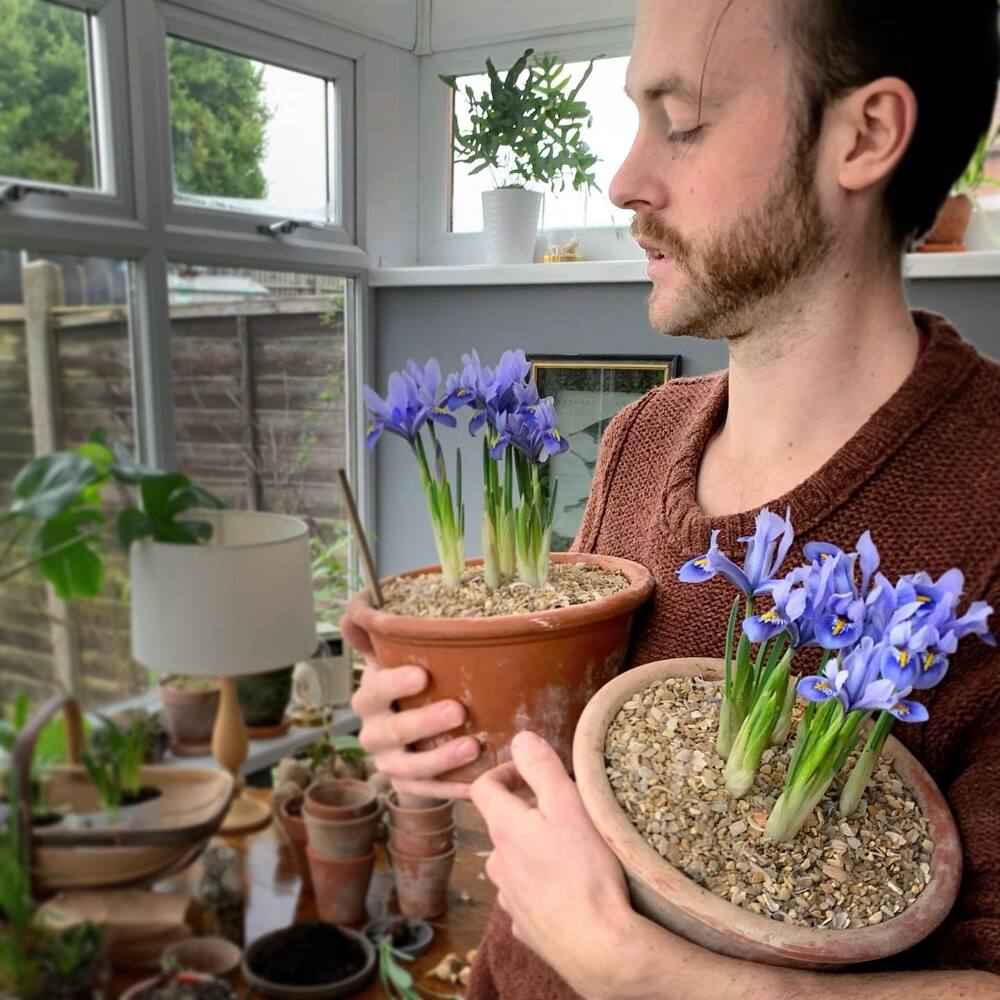
On the other hand, the Iris, named after the Greek goddess who connected gods to humanity through a rainbow, has deep roots in Greek mythology. It was considered a symbol of connection between the divine and mortal realms.
In ancient Egypt, the Iris was associated with the goddess Iris, a messenger between gods and humans. The Iris flower was planted on women's graves to guide them in the afterlife.
In contemporary times, Irises are popular ornamental flowers in gardens worldwide. Their striking appearance and historical symbolism make them a favorite among gardeners and floral enthusiasts.
Understanding the historical and cultural significance of the violet and Iris flowers adds depth to their beauty, revealing the layers of symbolism and tradition woven into their petals throughout centuries.
Symbolic Meaning of a Violet
A symbol of modesty and virtue, the violet (botanically named Viola), with its delicate petals and subtle fragrance, has long been associated with modesty and virtue. This unassuming flower symbolizes humility, faithfulness, and purity in various cultures.
The ancient Greeks even believed that the violet could protect against the evil spirit, making them a symbol of good fortune and protection.
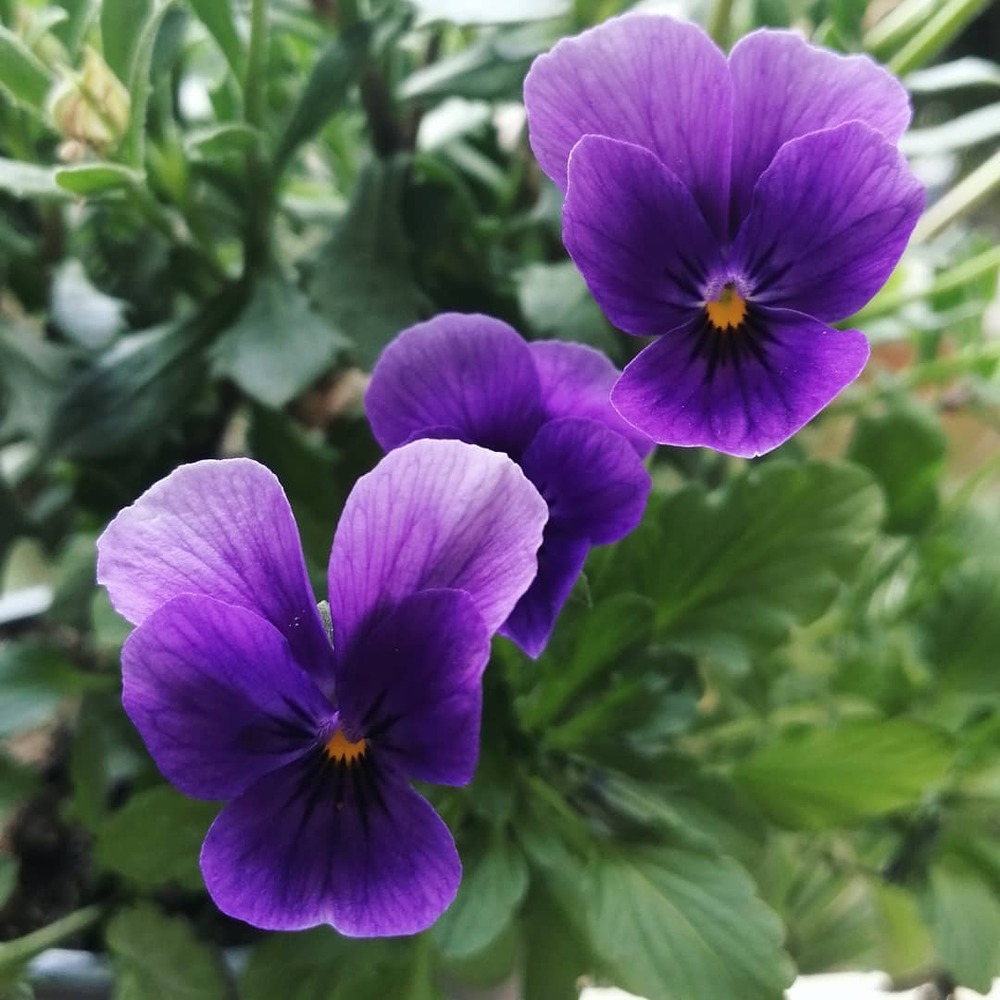
Exploring the Varieties of Violet: A Kaleidoscope of Flowers
Violets come in an array of colors, each carrying its own symbolism. While the traditional violet is a deep shade of purple, variations include blue, white, and even yellow.
The diversity of colors allows individuals to express different sentiments, from deep affection to everlasting friendship. Violet's versatility ensures that there's a perfect bloom for every occasion.
Celebrating Birthday With Violet
As one of the February birth flowers, violets take center stage in birthday celebrations. Gifting a bouquet of violets is not just a gesture of admiration; it’s a way to convey the sincerity and purity of feelings. The unique charm of these flowers adds a personal touch to birthday festivities, making them even more memorable.
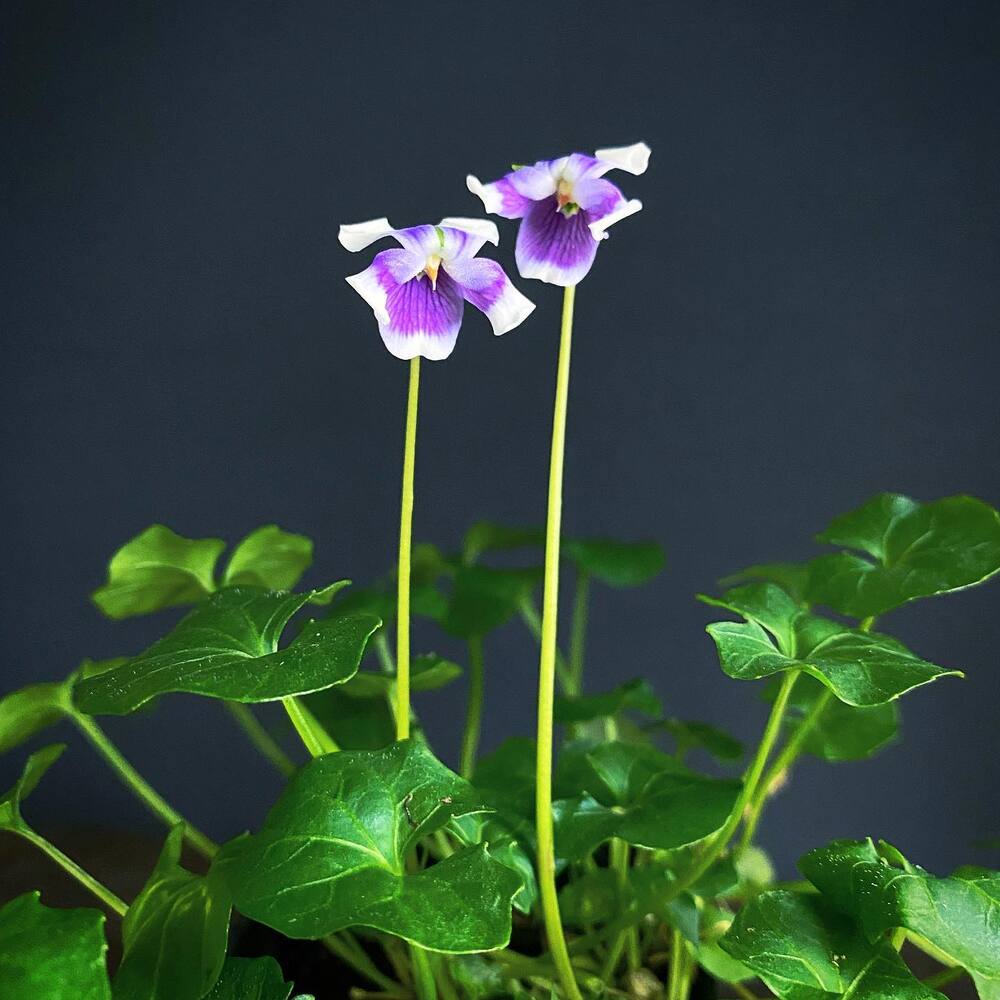
Fun, Historical, and Interesting Facts About Violet
- Both the flowers and leaves of violets are edible. They can add a subtle, floral flavor to salads, desserts, and beverages. The petals are often crystallized or used to make violet-infused syrups.
- Violets have been used in traditional medicine for their supposed medicinal properties. They were believed to heal various ailments, from headaches to insomnia. While their medicinal properties are not scientifically proven, violets are still appreciated for their soothing fragrance.
- Some species of violets have an interesting color-changing property. If you press the petals of a violet against your skin, they may change color due to the pH of your skin. It’s like a tiny, natural mood ring!
- The violet is the birth flower for February. People born in this month are often associated with modesty, faithfulness, and enduring love, symbolized by violets.
- The violet family, Violaceae, boasts a large number of species. From the common blue violet to the fragrant sweet violet, this diverse family showcases variations in size, color, and habitat preferences.
- Toulouse, France, is renowned for cultivating violets since the Middle Ages. The city is affectionately known as the ‘City of Violets’, and the flower has become a symbolic part of Toulouse’s identity.
- During the Victorian era, flowers conveyed emotions and sentiments covertly. Violets, in this language of flowers, represented faithfulness and devotion. Exchanging violets with a loved one became a discreet way to express everlasting love.
- Violets were a favorite flower of Napoleon Bonaparte, and he used them as his emblem. His first wife, Josephine, adored violets, and he often sent her love letters with pressed violets enclosed.
- The color violet, derived from the violet flower, is often associated with creativity, imagination, and mystery. It’s the color of royalty and luxury.
- Violets have been used in traditional medicine for their potential medicinal properties. They were thought to have healing properties for various ailments, including headaches and insomnia.
The Symbolism of Iris in Various Cultures
With its unique and striking appearance, the Iris flower has held symbolic significance in various cultures throughout history. Its meanings often vary, but certain themes, such as connection, communication, and spirituality, are prevalent.
In Greek mythology, Iris was the goddess of the rainbow and a messenger between the gods and humanity. The Iris flower, named after her, is often associated with the connection between the divine and mortal realms. It symbolizes communication and the link between different worlds.
The Iris flower, particularly the blue Iris, was planted on women's graves in ancient Egypt. It was believed that the Iris would guide these women's journey through the afterlife, emphasizing its association with guidance and protection.
Some interpretations link the three petals of the Iris to the Christian Holy Trinity, representing the Father, the Son, and the Holy Spirit. This association enhances the iris's symbolism as a flower with spiritual significance.

A Glimpse Into Iris Varieties
Diverse varieties grow within the wide-ranging Iris family, each with a distinctive charm. From the bearded Iris, adorned with velvety petals and intricate patterns, to the Siberian Iris boasting a refined style, the Iris family mirrors the multifaceted nature of February-born individuals.
As February furls frost-kissed petals, the Iris takes center stage, weaving a tapestry of colors that transcend the gray landscape. From the regal purples to the pristine whites, the Iris unfurls a symphony of hues, embodying the spirit of this unique birth month.
Fun, Historical, and Interesting Facts About Iris
- The word 'Iris' is derived from the Greek word for rainbow. In Greek mythology, Iris was the goddess of the rainbow, connecting heaven and earth.
- The Iris flower typically has three petals, leading to associations with the Holy Trinity in Christianity, representing the Father, the Son, and the Holy Spirit
- In Japan, the Iris is associated with strength and bravery. It is a popular motif in Koi-No-Bori, a Children’s Day celebration, where Iris-shaped decorations are displayed to wish for children’s courage.
- Irises have been used in heraldry, symbolizing power and majesty. Their regal appearance has made them a fitting emblem in coats of arms for various European families.
- The Iris is a member of the Iridaceae family, including crocuses and Freesias. The family is named after the goddess Iris due to the rainbow-like colors of its flowers.
- Irises are known for their long-lasting flowers, making them a garden favorite. Depending on the species, Irises can flower from early spring to late summer, adding color to outdoor spaces.
- Bearded Irises are among the most popular varieties, characterized by fuzzy tufts on their petals. Their unique appearance and bold colors make them prized additions to gardens.
- When flowers were used to convey messages, Irises were often associated with messages of faith and hope. They were included in floral arrangements to express sentiments without words.
- In traditional medicine, certain species of Iris were believed to have medicinal properties. The rhizomes of some Irises were used in remedies to treat ailments such as skin conditions and digestive issues. However, it’s crucial to note that not all Irises are suitable for medicinal use, and caution is advised.
- The root of some Iris species, particularly Iris Germanica, is used in perfumery. Known as orris root, it has a sweet, woody scent and is used to add depth and complexity to perfumes. The extraction process for orris root is intricate and time-consuming.
- Irises are hardy and adaptable plants, doing well in various climates and soil conditions. They can be found in diverse habitats, from deserts to wetlands, showcasing their resilience and versatility.
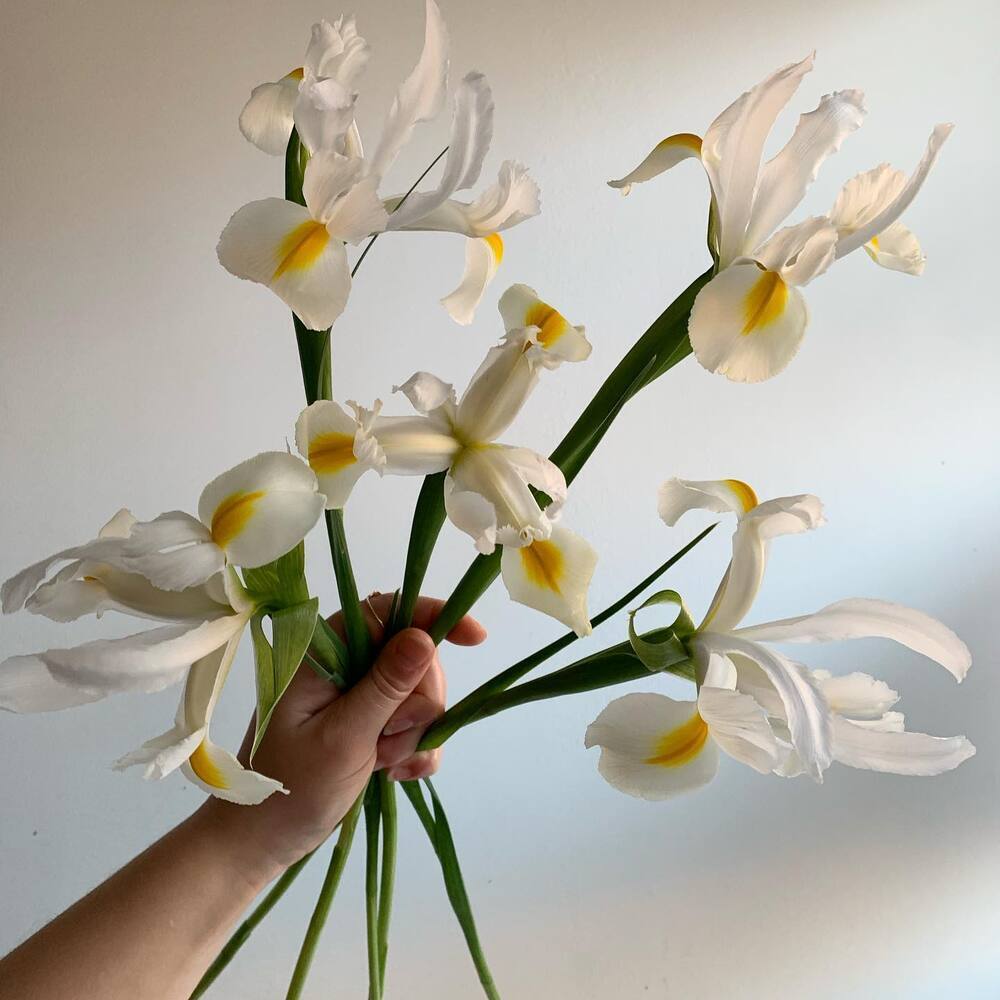
Meaning Behind February Birth Flower Tattoo
Tattoos, as a form of personal expression, often carry deep significance for the wearer. For many, choosing a tattoo of the violet and Iris, the February birth month flowers is a way to reflect the characteristics these flowers represent. These tattoos often go beyond mere representation of a birth month; they are a symbol of personal values and characteristics.
The violet, with its modest and unassuming appearance, is frequently chosen by those who value humility and purity. It's a subtle yet powerful reminder of the importance of staying true to oneself and maintaining integrity in life's journey. The violet tattoo often incorporates elements of simplicity and elegance, emphasizing the flower's natural beauty and its connotation of modesty.
The Iris, on the other hand, is chosen for its representation of wisdom and faith. With its unique structure and vivid colors, an Iris tattoo can be a striking symbol of one's spiritual growth or intellectual pursuits. It's also seen as a symbol of hope, a guiding light through the challenges of life. The intricate details of an Iris tattoo can represent the complexity of the human soul, the depth of our thoughts, and the journey toward enlightenment.
People who combine both flowers in a single tattoo design often do so to symbolize the balance of these qualities in their lives – the humility and purity of the violet, and the wisdom and faith of the Iris. This combination can represent a harmonious balance, acknowledging both the simple, unadorned aspects of life and its more complex, colorful moments.
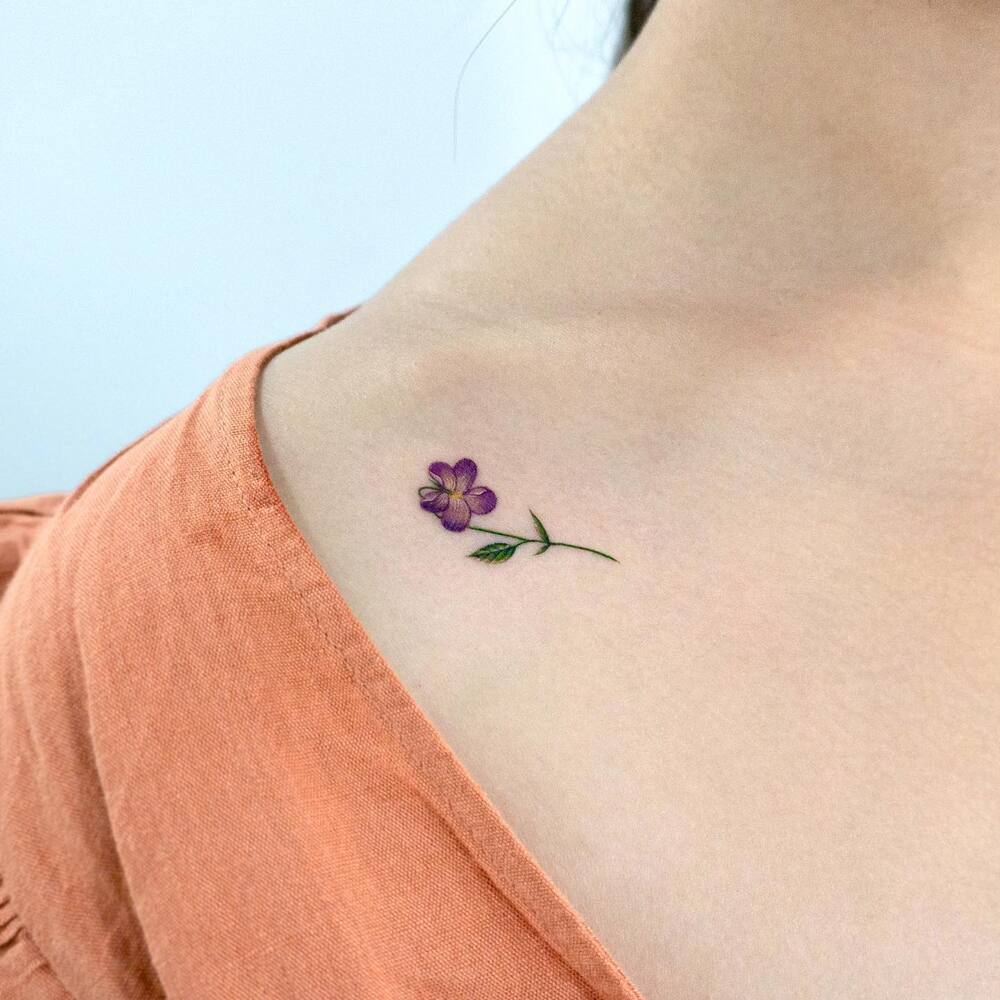
Welcoming the Beauty of February Birth Flowers in Everyday Life
The Viola and Iris, as February’s birth flowers, offer not only a visual delight but also a wide range of symbolism and history. In the realm of home decor and professional settings, these flowers can infuse spaces with a sense of calm, refinement, and meaningfulness.
In-home environments, incorporating violets and Irises can create calming and restorative spaces. violets, with their soft hues and modest appearance, can be used in bedrooms or reading nooks to create a serene atmosphere. Their gentle presence can remind one of the importance of simplicity and purity in daily life.
Irises, with their striking appearance and varied colors, can be used in living rooms or office spaces to add a touch of sophistication and creativity. They can inspire thoughts of wisdom and faith, serving as a daily reminder of one's aspirations and values. In professional settings, such as reception areas or meeting rooms, Irises can convey a message of welcome and inspiration, fostering a space of communication and growth.
Combining both flowers in arrangements can symbolize a harmonious blend of simplicity and elegance, appealing to a wide range of tastes and styles. Whether it's through fresh bouquets, art prints, or themed decor, violets, and Irises can enhance the beauty of any space while providing a deeper connection to the qualities they represent.
Symbols of February
The violet and Iris, as symbols of February, offer a profound blend of beauty, symbolism, and history. These flowers are not just a feast for the eyes but also for the soul, embodying qualities like faithfulness, love, purity, wisdom, and humility. They remind us of the depth and richness of nature's storytelling and the resilience and beauty inherent in the natural world.
As we embrace these flowers in our daily lives, whether through tattoos, home decor, or professional settings, we connect with a legacy of symbolism and meaning that transcends time and culture. The violet and Iris stand as enduring symbols of life's simple joys and profound truths, making every moment they grace more meaningful and vibrant.

